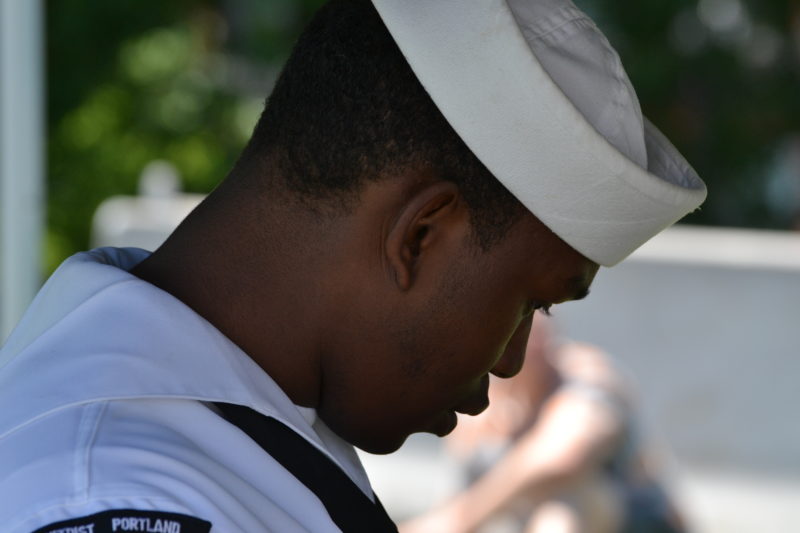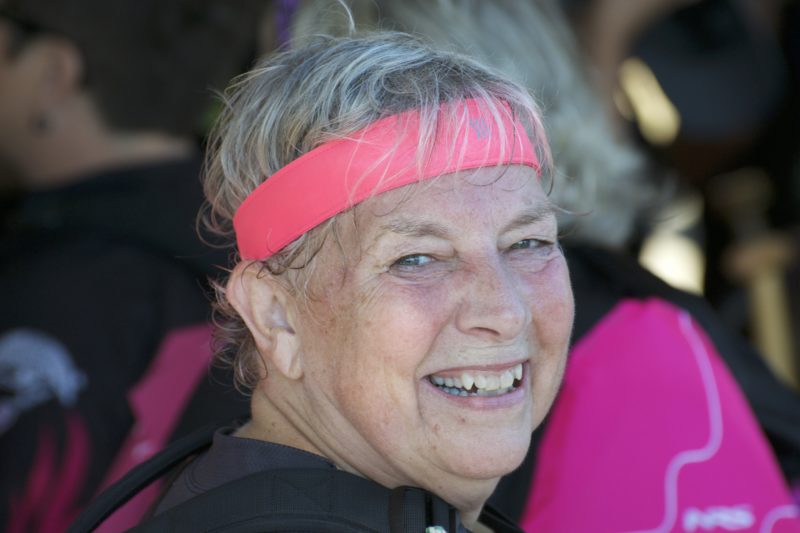 Between the 14th and the 17th century European merchant guilds formed a loose confederation to protect and enhance their commercial interest – it was called the Hanseatic League.
Between the 14th and the 17th century European merchant guilds formed a loose confederation to protect and enhance their commercial interest – it was called the Hanseatic League.
https://en.wikipedia.org/wiki/Hanseatic_League



Bremen was part of this alliance; it has, as so many of the cities that belonged to the League, a rich cultural and architectural history. Most of these cities were wealthy (really wealthy in fact) and for centuries were able to sustain large building activity. They also prominently displayed some of their wealth in sculptural detail, architectural adornments and often through the sheer size of the municipal and religious buildings.


You probably know the city for its fairy tale town musicians who went out for adventures, and so famously insisted that there were worse things than death. The sign of the live models reads: we are the real Bremen musicians.


With the roads no longer icy, I went there to visit the Paula Modersohn-Becker Museum which had a show, ending this week, that juxtaposed her’s with some of Nolde’s works. The two had met for a single week during a stay in Paris in 1900 and comparing their output is fascinating. I still think she is one of the most daring, focused, observant painters of her era, can’t find the word for the intensity of my admiration for her both as a person and as an artist. I cannot begin to imagine what her paintings would have looked like with the advantage of age – she died so freakishly young.



Nolde is such a master with color that I can almost forgive him his political leanings and obsequiousness – almost. I thought today I saw some hidden violence in almost all of his portraits in the museum, will show more later, at some point.
 His nudes were faintly leaning towards the Third Reich culture of body worship, the suggestive hints at superiority ( and so I did not photograph them.) PMB’s nudes, on the other hand, were painted more abstractly, and yet hyper-realistically capturing less than healthy feet, for example, or the bulging noses of older age, or the way pregnancy extends the folds. I found myself holding my breath frequently, just trying to take it in and learn. As I’ve said before, in my next life I’ll be a painter.
His nudes were faintly leaning towards the Third Reich culture of body worship, the suggestive hints at superiority ( and so I did not photograph them.) PMB’s nudes, on the other hand, were painted more abstractly, and yet hyper-realistically capturing less than healthy feet, for example, or the bulging noses of older age, or the way pregnancy extends the folds. I found myself holding my breath frequently, just trying to take it in and learn. As I’ve said before, in my next life I’ll be a painter.











 with Alais
with Alais



 Anthony on the far right
Anthony on the far right























































